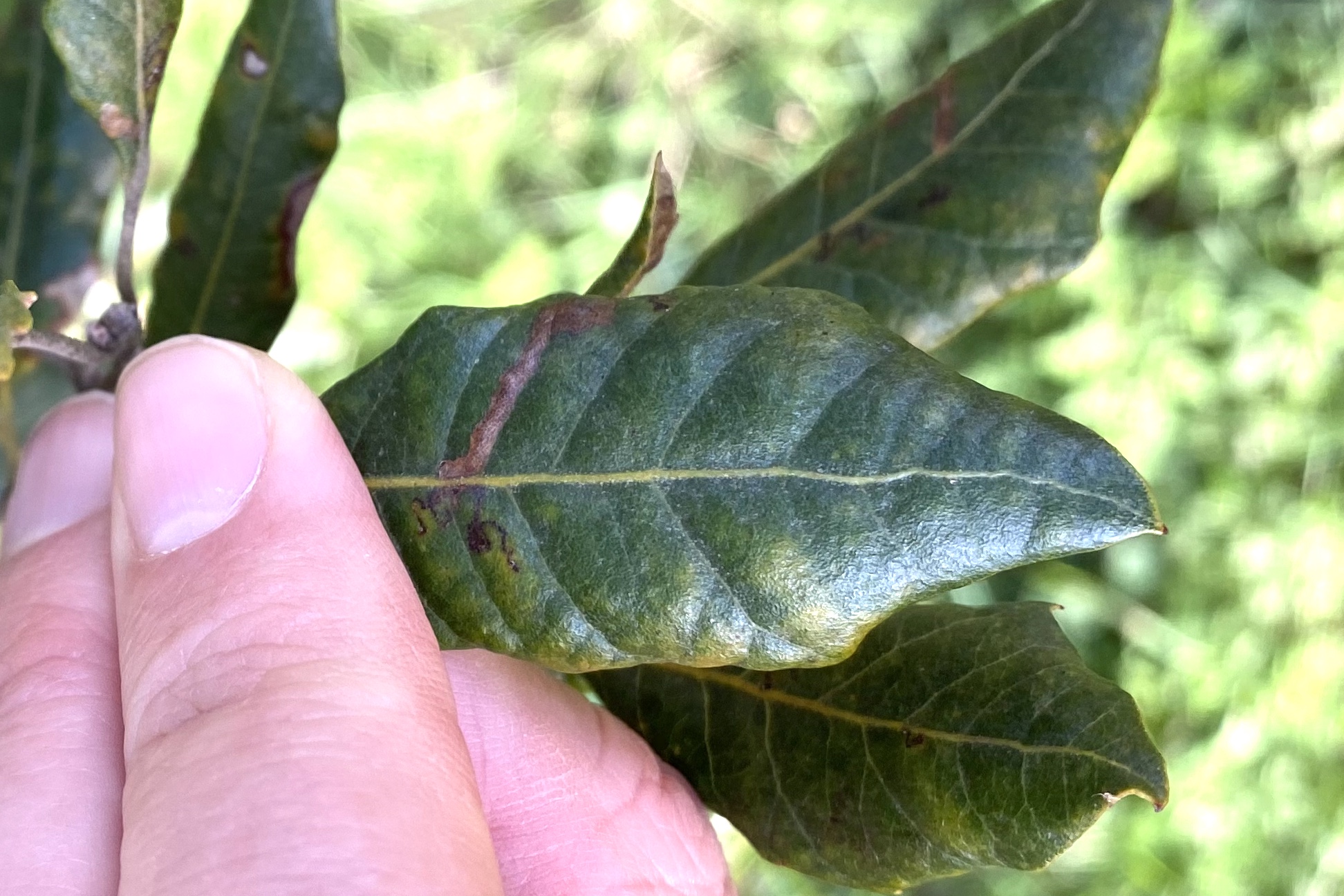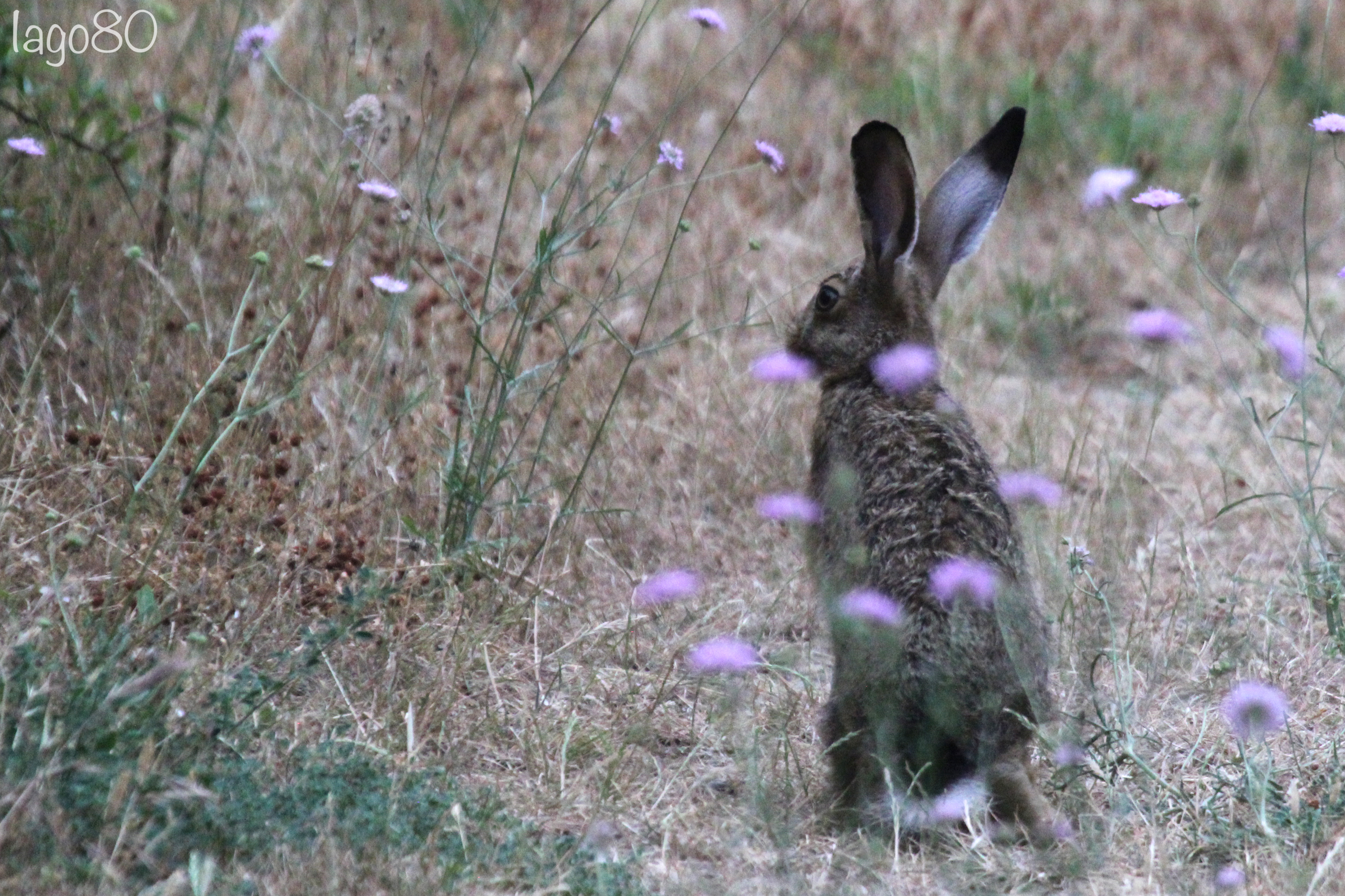Stretching for many kilometres south of Narbonne are a range of plains and wetland habitats that are renowned birding and wildlife hotspots. I have visited several times. I thought a brief trip report might be of some value.
I spent a day there on 30 July 2021.
Plains of Narbonne (eBird: Pont Gruissan and Roc de Conilhac)
I approached by car before sunrise on the small D32 road to the west of Gruissan. Crossing the Canal de la Robine at Ecluse de Mandirac (where on the way back Black Kites would be circling), I was almost immediately faced with fields full of White Stork and Cattle Egret.
After just a couple of kilometres along the D32, the flat fields open further into the wilder and wetter plains of Narbonne. Watching the sun rise over this vast area is spectacular. It is essentially a huge basin; very flat except for a strange mound (Roc de Conilhac) that rises up incongruously in the middle and to the right of the road I drove along. Roc de Conilhac is a renowned migration-watch hotspot and, when the North Westerlies blow in October huge numbers of raptors and storks etc are regularly counted (I intend to return some time to witness this).
The second canal (de la Reunion) you cross flows into one on the large ‘etangs’ (this translates rather oddly to ‘pond’ as some of these etangs are huge!) Étang de Campignol. A body of brackish marshy flats stretch out in between the Etang and the road. When I scanned with my bins from the Roc de Conilhac I could distantly make out large numbers of: Egrets (Great White, Cattle, and Little), Heron (Grey and no doubt Purple although I was too distant to confirm without a scope). There were also several Pelican there, which made me raise my eyebrows, but I now understand are long distance ‘fence hoppers’ from Sigean Zoo.
These wetland pools would be well worth a closer look through a careful scan with a scope as I am sure there were all kinds of goodies.

Zitting Cisticola perform their ‘zitting’ song flights along the edges of the plains and fields by the road. A bit further long, there is another bridge and I found the pool to the left (North) productive to watch from a parked position as there were a couple of Black-winged Stilt, and a handful of Kentish Plover tottering around the edges. It was also from here that I saw my first Flamingo of the day.
The sun rose over Gruissan castle to the east – t’was pretty!

Salt Flats of Gruissan (eBird: Salin de Gruissan)
When the road reaches the edge of Gruissan, bear right so the road becomes the D232 and head south with the industrial salt flats to your left. If, like me, you like bleak landscapes, these are pretty cool in their own right. You drive past some buildings including a ‘salt’ gift shop on your left. Beyond this you will reach a small car park on your left where a path takes you in between the salt fields. It is a long-ish but nice walk to the beach (I do not recommend doing it in midday heat during the summer as there is zero shade).


These are great for waders, terns, and flamingos. Most notably while I was there: Kentish Plover clearly breed here in good numbers, Black-winged Stilt, Avocet, Curlew Sandpiper, Common Sandpiper, Common Redshank, and, most unusually perhaps, a Dunlin.


Large numbers of Little Tern and Sandwich Tern clearly also breed here and parade up and down the pools noisily. I also recorded Common Tern and Gull-billed Tern.



The path takes you between the pools to a large salt Etang with large number of Flamingo (I counted a total of 428 across the pools and Etangs at this location alone).

Walking around the Etang, you get to the see the pumps bringing the sea water into the pools to harvest the Salt. You then reach the beach. Along the flood defences and tracts of coastal grasses and spurge, there are Tawny Pipit, Yellow Wagtail, White Wagtail, and a couple of Red-backed Shrike on look-out posts.

I didn’t attempt any sea-watching but there were hundreds or thousands of Yellow-legged Gull on the beach and smaller numbers of Black-headed Gull, Mediterranean Gull, and Slender-billed Gull.

Swallows, Swift, and smaller numbers of House Martin and Sand Martin are constant companions throughout the walk.
Franqui Plage (eBird: Grau de la Franqui)
A few days before my trip to Gruissan, I also went on a family beach trip to Franqui Plage. On a short walk away from the paddling and sun-bathing, towards the Grau de la Franqui and Etang de la Palme, I saw a smaller selection of the same birds listed above. I mention here as I got some great views of reasonable numbers of Slender-billed Gull here.















































